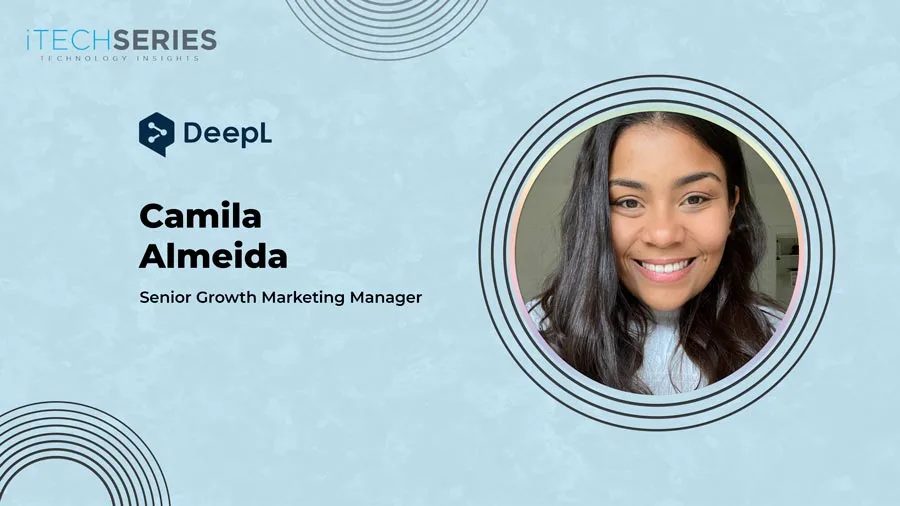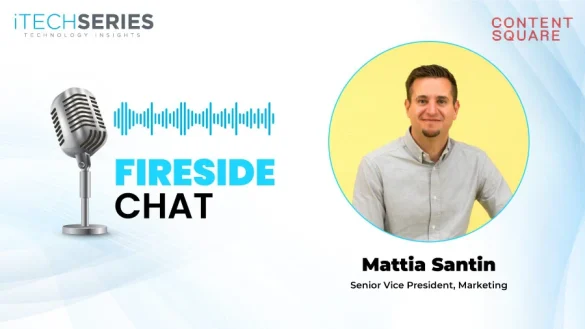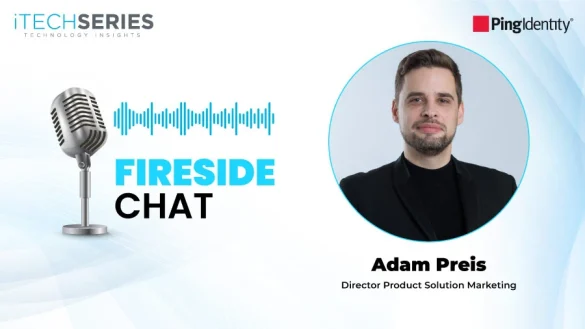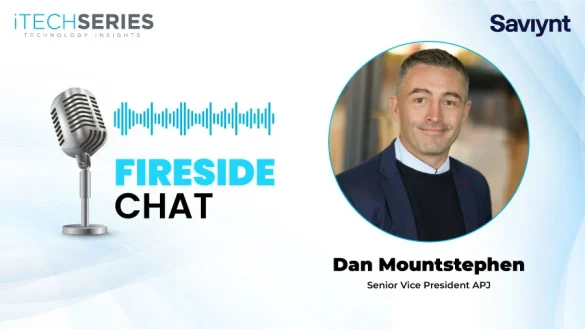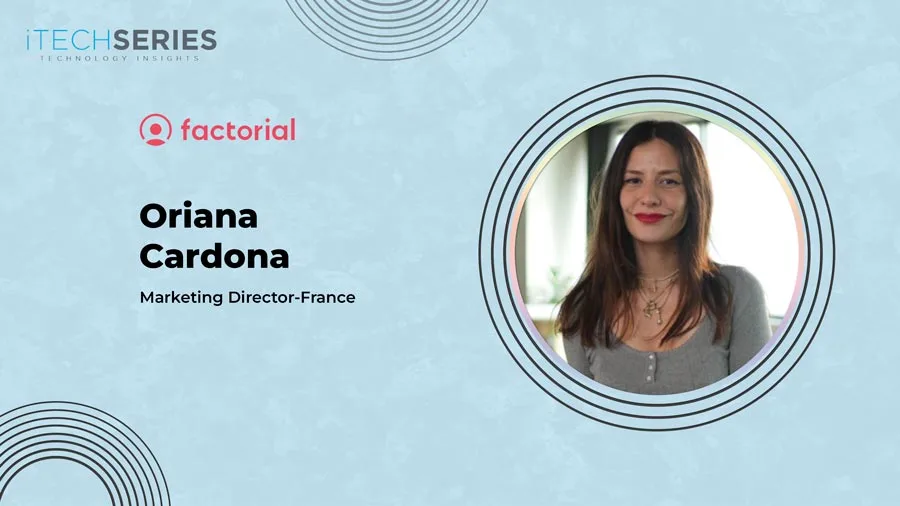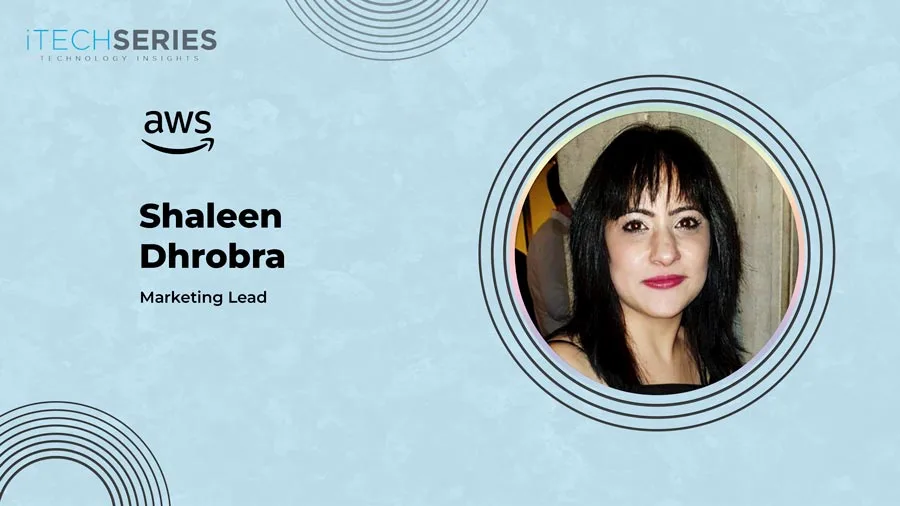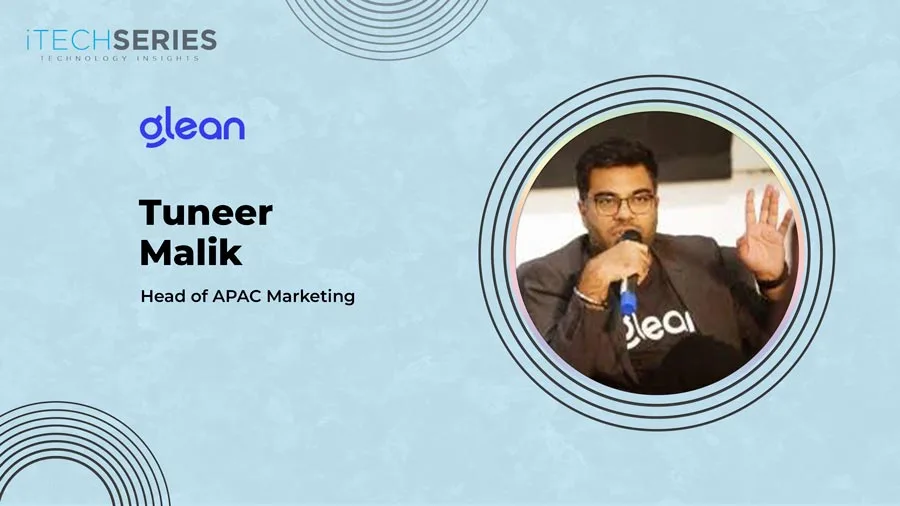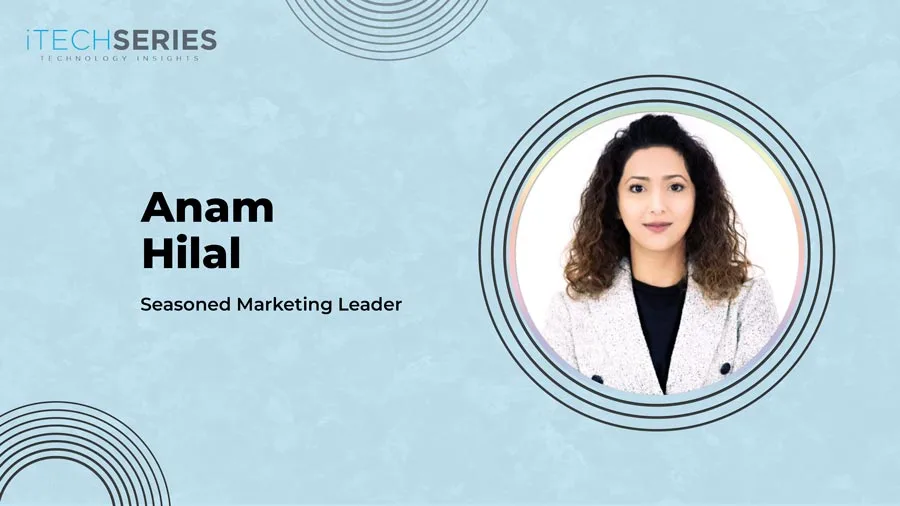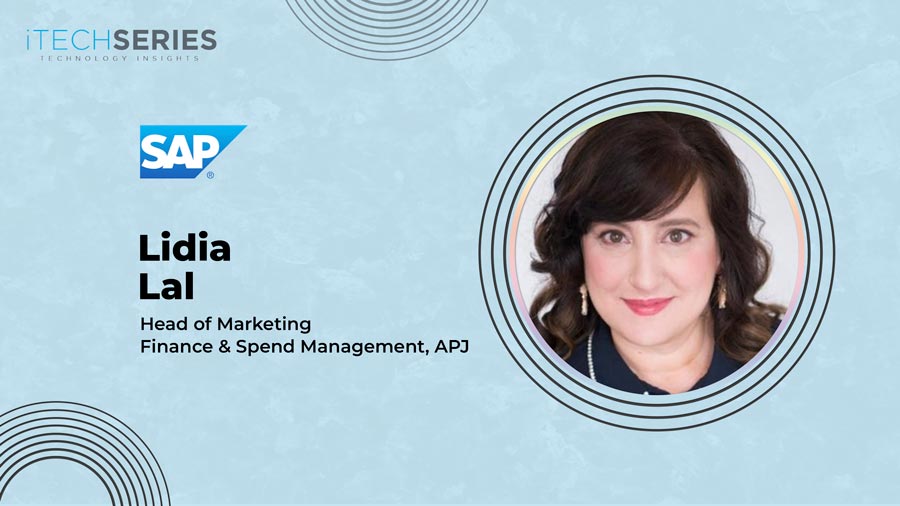Camila Almeida, Senior Growth Marketing Manager at DeepL, shares her journey from journalism in Brazil to leading marketing strategies at global brands and a unicorn FinTech. She discusses scaling B2B campaigns, building brand trust, leveraging AI for actionable insights, balancing brand awareness with demand generation, and fostering cross-team collaboration to drive measurable growth and impact.
Camila, Welcome to the interview series. Could you tell us about yourself and your journey as a marketer?
My journey as a marketer started as a journalist back home in Brazil. Writing stories, connecting with different audiences, and always digging deeper to find the truth paved the path for the marketer I am today.
When I moved to London over a decade ago, my first job in marketing was as an insights analyst at a global media agency. There, I learned the basics of data measurement, media buying strategies, and campaign management. A little over a year later, I moved to a unicorn FinTech company where I spent the bulk of my career. I saw this company grow from under a thousand to five thousand employees, go through a rebranding, launch countless new products and features, and eventually IPO. Navigating that journey under the pressure of operating efficient marketing campaigns truly shaped my professional life.
I now work at DeepL, a language AI company that is breaking down language barriers with cutting-edge products. I guess you could say that disruptive, forward-thinking companies are the environments where I thrive.
How has marketing’s role evolved within a broader go-to-market revenue org setup?
I think marketing has evolved into a strategic connector for the entire revenue organization. It’s no longer just about generating demand but orchestrating a much more complex matrix that spans across different functions like product, finance, and sales.
And I’m a firm believer in the power of synergy. No function in a business can operate efficiently in isolation. For a product launch to be successful and for the sales team to close deals, a strong brand has to be built first, and building a brand is at the core of what we marketers do, regardless of our specific role.
Every piece of research, every news article, every ad, and every web page helps to build a brand that needs to be seen, remembered, and—dare I say—loved! Successful businesses have figured this out and are aiming to have marketing input embedded in every important business decision.
Having worked extensively in performance marketing, what strategies have you found most effective for scaling campaigns in B2B?
Business users are still users, and a good B2B strategy needs to have the same human elements that B2C campaigns do. It’s unfortunate that companies targeting business audiences often miss out on the importance of humanizing their brands.
In my view, every good strategy includes speaking directly to users and showing how relevant your brand is to their industry, their function, and their day-to-day work. It’s about understanding what prompts them to buy and making your positioning all about solving that specific problem while ensuring your message reaches them wherever they are.
What follows is a continuous process of testing, iterating, validating, and scaling.
What’s your approach to ensuring a consistent brand message across multiple channels in an integrated marketing strategy?
An integrated marketing strategy is deeply rooted in a profound knowledge of your product, customers, market, and competitors. Where does your brand excel? What problem does it solve and for whom? How is it better than the competition?
Once you answer these questions, you have the foundation for your brand message. From there, it’s a journey that includes choosing the right channel mix, testing, iterating, validating, and, let’s not forget, localizing.
While consistency is a north star, you have to adapt to what resonates with different audiences, channels, and markets. It’s a big differentiator for global brands to get this balance right. Consistency is key, but being able to convey your core message in as many different ways as possible is equally important.
“Marketing has evolved into a strategic connector for the entire revenue organization. It’s no longer just about generating demand but orchestrating a much more complex matrix that spans across product, finance, and sales.”
As a growth marketer, how do you ensure keeping a balance between brand awareness and lead generation?
We’ve had so many resources on the importance of brand building for so long, including case studies and success stories from companies that have really invested in it. Still, putting it into practice is a whole different story; it’s a tough call to move a significant chunk of your budget to channels and strategies that don’t show an immediate return on investment.
Ultimately, building a brand is a long-term play. It’s about efficiently creating demand that your lower-funnel channels can then capture. As marketers, we’re all trying to strike this balance as best we can with what we’ve got. Fortunately, there are well-developed models available that can factor in how brand awareness impacts things in different situations. If brands are serious about finding this balance, it’s worth investing in building and adopting these models. After all, if people don’t know or trust your brand, they won’t consider buying your product.
How do you see AI changing the ways marketers analyze data and influence customer decisions?
Working at an AI company, I know that its greatest power is to unlock human potential, automating and easing processes so that we can operate more efficiently as both individuals and businesses.
I use AI every day, and I can confidently say it impacts the vast majority of my tasks. From spotting patterns in data and testing new ideas to automating tedious analytical work, AI has freed up my time to focus on storytelling, building human connections, and all the things that truly require a human brain. The real skill now isn’t knowing every tool, but knowing how to ask the right questions and use AI to turn insight into action.
At the end of the day, marketers have always adapted to new mediums, models, and tactics. I see the same happening with AI; as a function and as professionals, we will undoubtedly adapt.
Could you walk us through a marketing experience that tested you the most and what you learned from it?
The most challenging experiences in marketing often involve a lot of cross-team collaboration. Having gone through rebrands and product launches, I can confidently say that building efficient processes in alignment with multiple functions is always a challenge, especially under the pressure of generating measurable business results.
But being equipped with knowledge, rooting your suggestions in well-presented and well-thought-out data, and being able to hold others accountable helps. It’s equally important to keep in mind that people in different functions have different priorities and perspectives, so you’ll need to be able to navigate clashing ideas, too. A lot of professional growth comes from exercising this ability while staying humble and empathetic.
Beyond that, my most rewarding experiences have been with teams that are aligned and committed to a shared mission. Operating as a manager, it’s been crucial to me to empower my teams, celebrate wins, and create an environment where everyone feels safe to take risks and voice their ideas. Marketing is a field that is always changing, and nurturing the talent you have is key to staying ahead.
What would be your advice to aspiring marketers looking to build a successful career?
I would like to offer the perspective of an immigrant and a woman of color operating in male-dominated industries. The reality is, I’ve had to prepare twice as much, be that much braver to voice my opinions, and work that much harder to carve out a space for myself where I feel heard, seen, and respected.
Regardless of who you are or who you were told to be, my advice is to work towards where you want to be, figure out what and who you need to get there, and go forth with orchestrating your plan. You will fail, learn, and ultimately grow.
The other thing is to be curious, rigorous, and humble. I always learned and developed fastest by asking questions, testing my assumptions, and having rigor in building my processes. A lot of what we marketers do is based on assumptions, and as you grow, you’ll develop your own instinct of what works—trust that instinct, too.
About Camila Almeida
Camila Almeida, Senior Growth Marketing Manager at DeepL, began her career as a journalist in Brazil, honing storytelling and audience engagement skills that shaped her marketing approach. After moving to London, she worked as an insights analyst and later at a unicorn FinTech, driving campaigns through rebrands, product launches, and IPOs. Today, she thrives at DeepL, leveraging data, strategy, and innovation to break language barriers and scale impactful marketing initiatives.

